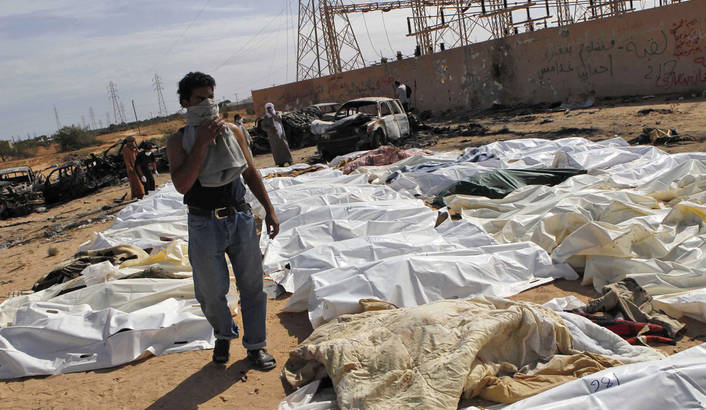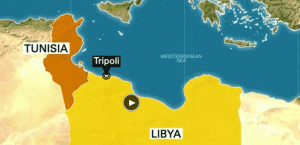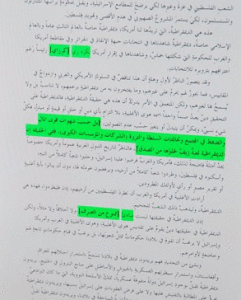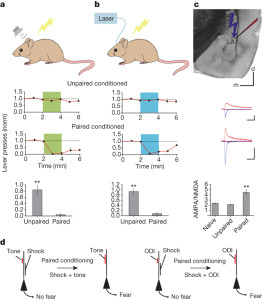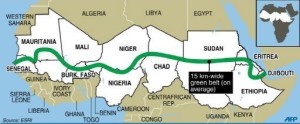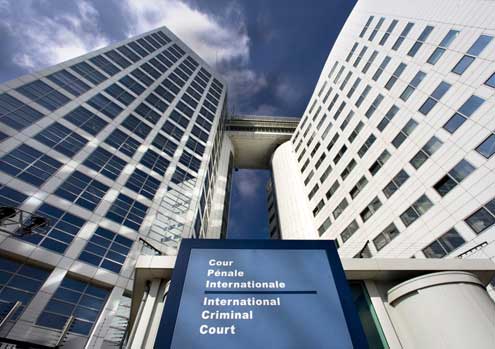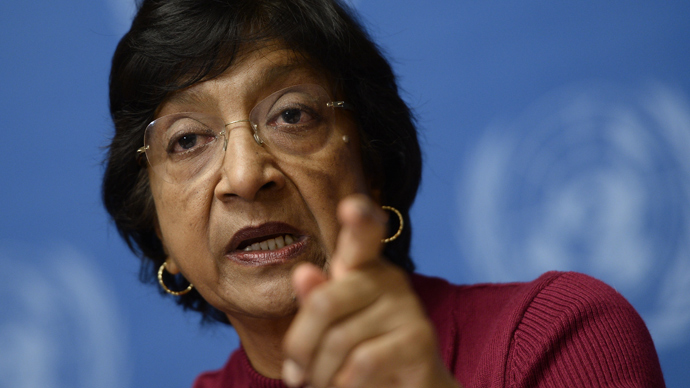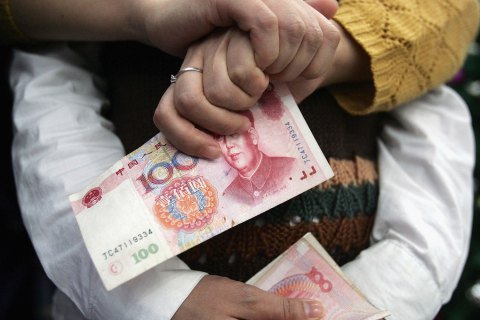A new study by CNA Corporation has discovered that the biggest consumers of water on the planet are not measured for water use. Neither the Environmental Protection Agency (EPA) nor the Department of Energy (DOE), which regulate the power sector, measure water use. Water use is therefore left out of policy decisions. CNA found this information while investigating energy generation water consumption, which, CNA found, will begin to compete with human consumption needs for available water in the near future. By 2020, 30-40 percent of the world will face this type of water use decision, and by 2040, the world will face a global shortage if usage continues, CNA found.
“At least in part, this is because the EPA has no authority to regulate water quantity, only quality,” CNA stated in its report.
“Although the EPA regulates the power sector, which withdraws more water than any other, the agency is unable to consider the water use impact of its regulations, which include rules on cooling methods,” CNA wrote.
This was found to be because water management does not extend to its biggest user.” Although water availability is clearly a critical issue for the power sector, neither the EPA nor the DOE [which produces official long-term energy forecasts for the government] has policy models that include water,” CNA stated.
The effects of not monitoring water use could be large, CNA found, because considerations of water availability could produce very different projections for how the power sector would develop in the future. Knowing the amounts of water usage and availability could also alter the feasibility of technology options.
“It’s a huge problem that the electricity sector do not even realise how much water they actually consume. And together with the fact that we do not have unlimited water resources, it could lead to a serious crisis if nobody acts on it soon,” said Professor Benjamin Sovacool, one of the researchers in the study.
The water shortage will affect 30-40 percent of the world by 2020, CNA found, and it will be impossible to maintain current water usage by 2040, resulting in future competition between energy and human consumption needs.
“It’s a very important issue,” said Paul Faeth, lead researcher and Director of Energy, Water, & Climate at CNA. “Water used to cool power plants is the largest source of water withdrawals in the United States and France, and a large source in China and India.”
CNA found that omitting water use from policymaking is typical around the world. Power production scenarios usually operate with an assumption of no limits on water use. This blind spot extends to policy and technology analysis for the sector, according to the report.
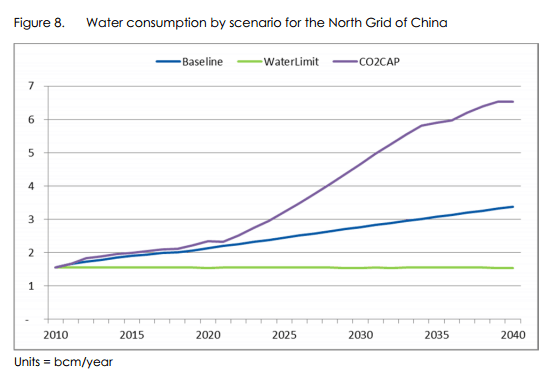 “One area where this really matters is climate mitigation policy, because of the water use impacts of carbon capture and sequestration, which uses much more cooling water than does coal technology without CCS [carbon capture and storage/sequestration],” the report stated.
“One area where this really matters is climate mitigation policy, because of the water use impacts of carbon capture and sequestration, which uses much more cooling water than does coal technology without CCS [carbon capture and storage/sequestration],” the report stated.
When CNA modeled scenarios in which water is assumed to be limited–a more realistic assumption, according to CNA–outcomes looked different.
When the CCS was factored into calculations, the impact on water consumption was substantial. The researchers gave the example of China, where 60 percent of generating capacity lies in the north, which has just 20 percent of its freshwater supply. After factoring in CCS, the impact on water consumption was 322 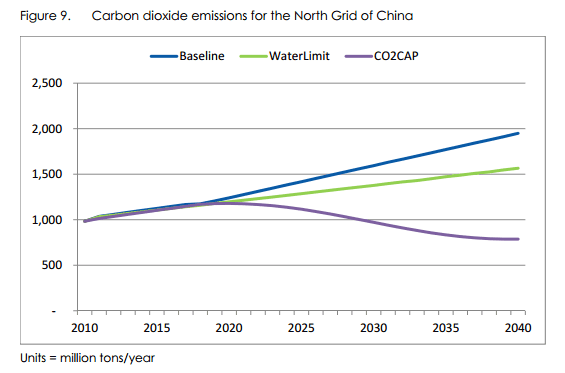 percent larger than the the WaterLimit consumption value by 2040, and 171 percent larger than even the Baseline. CNA concluded, “It’s very likely that CCS would not be a viable option in the North Grid of China due to water resource constraints, but the extent of the problem would be unknown if water were not included in our model.
percent larger than the the WaterLimit consumption value by 2040, and 171 percent larger than even the Baseline. CNA concluded, “It’s very likely that CCS would not be a viable option in the North Grid of China due to water resource constraints, but the extent of the problem would be unknown if water were not included in our model.
“If we keep doing business as usual, we are facing an insurmountable water shortage–even if water was free–because it’s not a matter of the price. There will no water by 2040 if we keep doing what we’re doing today. There’s no time to waste. We need to act now,” concluded Sovacool.
By Day Blakely Donaldson


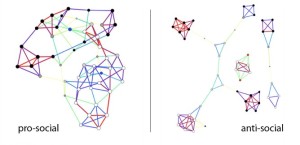
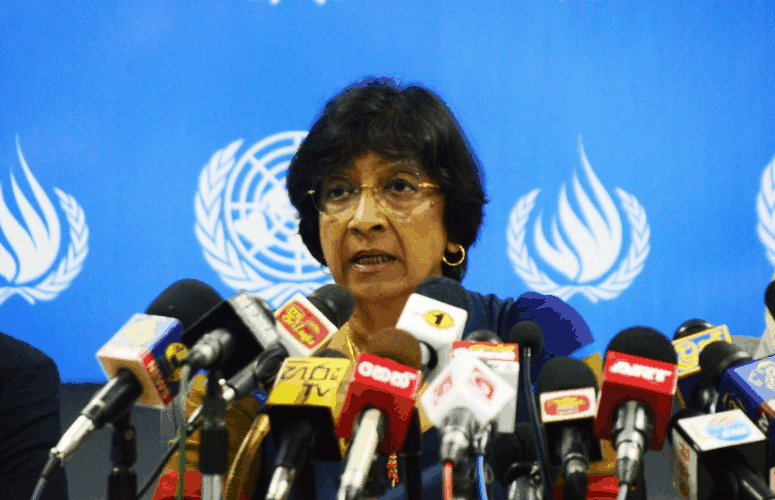
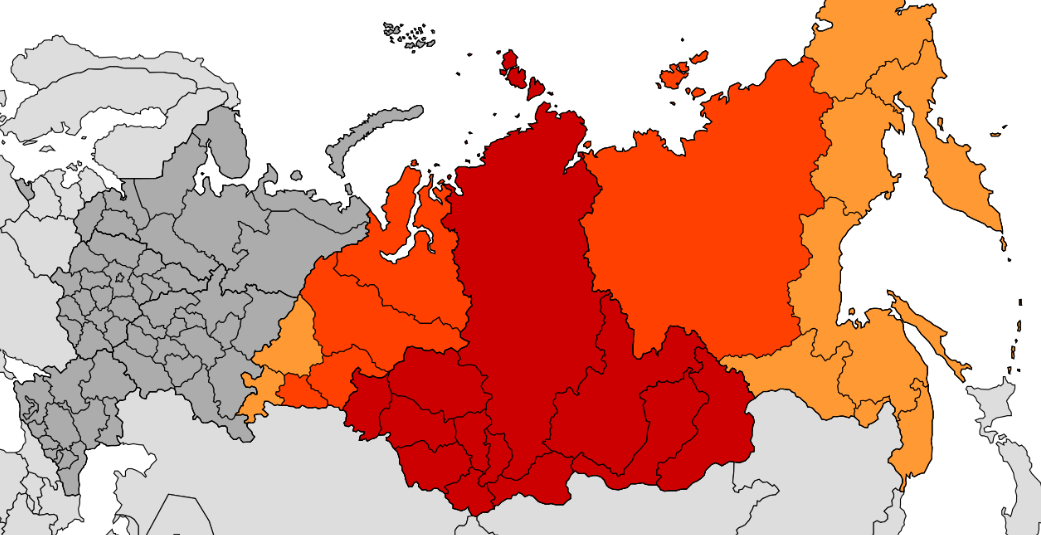
 and paper and pulp products. According to analysts, if Siberia ceased paying Russia from its export revenue, it would be the richest region or among the richest regions in the Federation, causing some Siberians to
and paper and pulp products. According to analysts, if Siberia ceased paying Russia from its export revenue, it would be the richest region or among the richest regions in the Federation, causing some Siberians to 